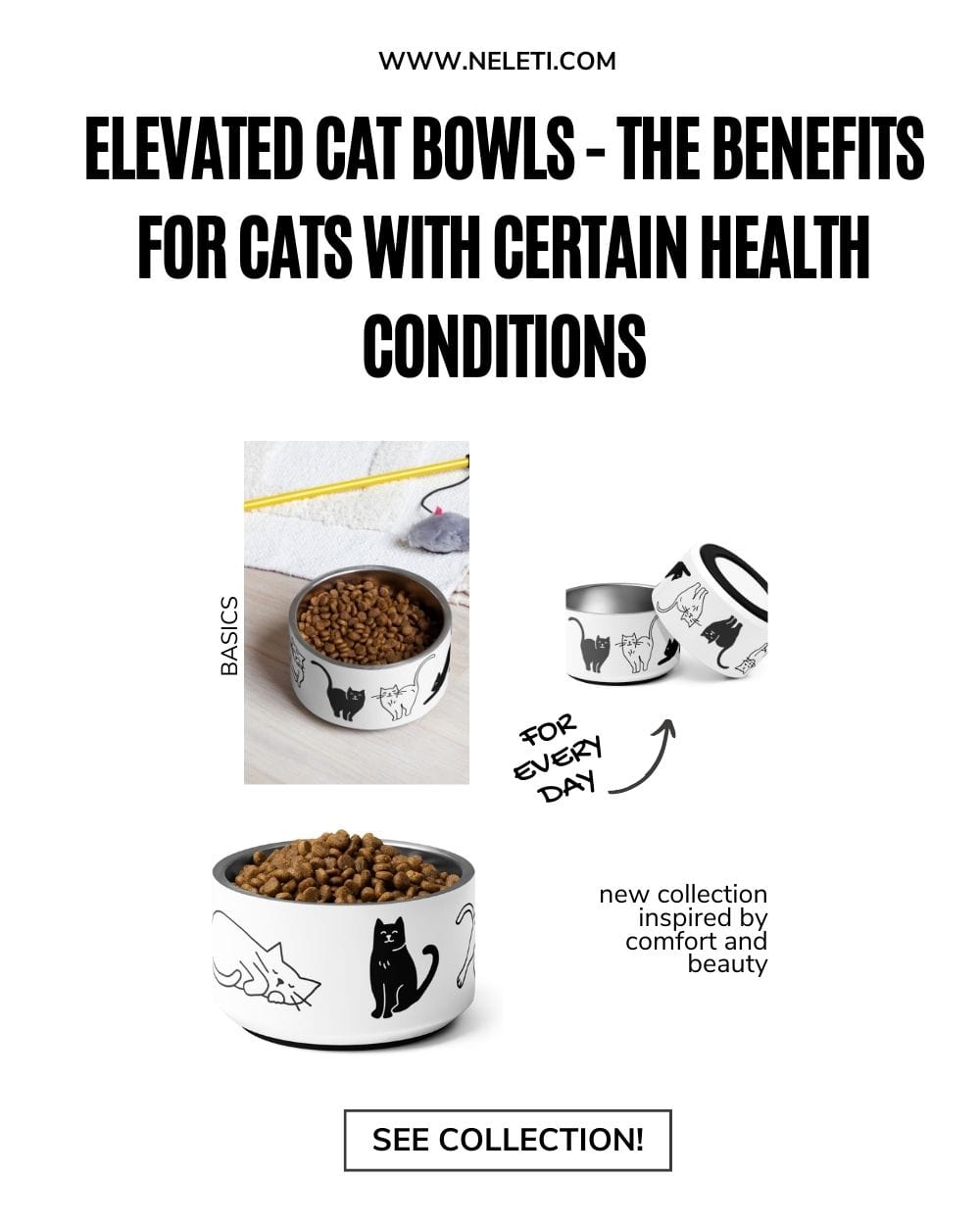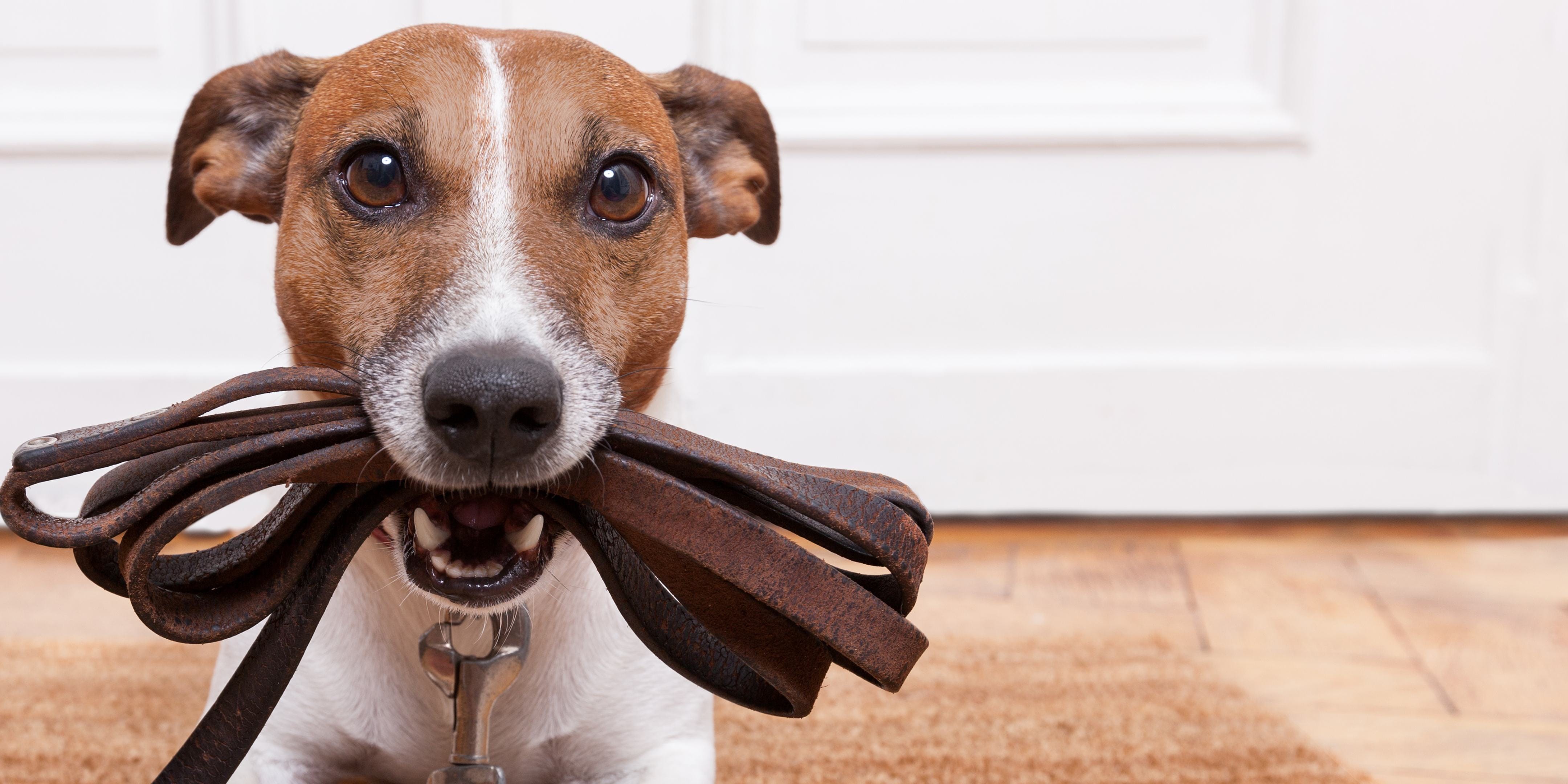Are you a devoted cat parent searching for the perfect bowl for your beloved feline friend? Look no further! In this comprehensive guide, we will walk you through the process of choosing the best bowl for your furry companion, ensuring that mealtime becomes a delightful experience for both of you.
As a cat lover, you understand the importance of providing your cat with not only nutritious meals but also a comfortable dining experience. The right bowl can make all the difference in your cat's life, promoting healthy eating habits and minimizing discomfort.
In this article, we will delve into the key factors to consider when selecting a bowl for your cat, including material, size, design, and ease of cleaning. We will also provide expert tips on how to make mealtime more enjoyable for your cat, such as using puzzle feeders and elevated bowls.
Whether you have a finicky eater or a messy eater, this guide will help you make an informed decision that suits your cat's unique needs. So, let's dive in and pave the way to a happier and healthier dining experience for your beloved cat!
The Importance of Choosing the Right Bowl for Your Cat's Health
Choosing a cat bowl is more than just a style statement; it's a health decision for your furry friend. Here's why it matters:
Material Magic: Not all materials are created equal. Opt for stainless steel or ceramic for safety and durability.
Size Harmony: Your cat deserves a spacious dining spot. Choose a bowl that matches their size, preventing whisker stress. The size of your cat's bowl is crucial to their eating habits and overall health. A bowl that is too small can cause your cat to overeat, while a bowl that is too large can cause discomfort and strain on the neck and spine.
The ideal bowl size depends on your cat's age, size, and eating habits. Kittens and small cats may require smaller bowls, while larger cats may need larger bowls.
Cleaning Ease: Keep it fresh! Go for bowls that are a breeze to clean, ensuring a safe and enjoyable meal every time.
Anti-Slip Charm: No one likes a sliding meal. Bowls with anti-slip features provide stability for a mess-free dining experience.
Plastic Pitfalls: Say no to plastic pitfalls. Colorful, yes, but plastic can harbor bacteria and sometimes contain harmful chemicals.
Choosing the right bowl is like giving your cat a VIP dining experience every day!
Stainless steel cat bowls are a popular choice among cat owners due to their durability and hygiene. They are easy to clean and do not retain bacteria or odors. Stainless steel bowls are also resistant to scratches, which can prevent bacteria buildup.
Another advantage of stainless steel bowls is that they are difficult for cats to chew on, which can help prevent dental problems. They are also heavy enough to prevent tipping and spilling.
However, stainless steel bowls can be noisy, especially if your cat tends to paw at the bowl while eating. They can also become too hot or too cold, depending on the temperature of the food.
Different Types of Cat Bowls and Their Pros and Cons
When it comes to choosing a cat bowl, the options are vast, each with its own set of advantages and drawbacks. Traditional ceramic bowls offer durability and stability, but they can chip or crack over time. Stainless steel bowls are easy to clean and resistant to bacteria but may produce more noise. Plastic bowls are lightweight and colorful, but they come with hygiene concerns and potential health risks. Elevated bowls aid digestion but might not be suitable for all cats. Automatic feeders offer convenience but may lack the tactile experience some cats prefer. By understanding the pros and cons of each type, you can select the cat bowl that best suits your feline companion's needs and preferences.
The material of your cat's bowl can affect their health and safety. Stainless steel and ceramic bowls are the safest options, as they are non-toxic and do not leach harmful chemicals into your cat's food.
Elevated Cat Bowls - The Benefits for Cats With Certain Health Conditions
Elevated cat bowls can be beneficial for cats with certain health conditions, such as arthritis or neck pain. They allow your cat to eat in a more natural position, reducing the strain on their neck and spine.
Elevated bowls can also prevent your cat from overeating, which can lead to obesity and other health problems. They are available in various materials, including stainless steel and ceramic.
However, elevated bowls can be challenging to clean, and food and water can spill onto the floor if the bowl is not stable.
Elevated cat bowls can be beneficial for cats with certain health conditions, such as arthritis or neck pain. They allow your cat to eat in a more natural position, reducing the strain on their neck and spine.
Elevated bowls can also prevent your cat from overeating, which can lead to obesity and other health problems. They are available in various materials, including stainless steel and ceramic.
However, elevated bowls can be challenging to clean, and food and water can spill onto the floor if the bowl is not stable. It's also essential to choose an elevated bowl that is appropriately sized for your cat's needs.
Ceramic Cat Bowls - a Stylish and Safe Option for Cats
Ceramic cat bowls are a stylish and safe option for cats. They come in various designs and colors, making them a decorative addition to your home.
Ceramic bowls are also non-toxic and do not retain odors or bacteria. They are easy to clean and can be washed in the dishwasher.
However, ceramic bowls can be fragile and can break if dropped. They can also develop cracks or chips over time, which can harbor bacteria. Ceramic bowls can also be heavy, making them difficult to move.
When choosing a ceramic bowl, it's essential to look for a high-quality, lead-free ceramic that is durable and chip-resistant.
Plastic Cat Bowls - Why They Should Be Avoided?
Plastic cat bowls should be avoided, as they can be harmful to your cat's health. They can contain toxins that can leach into your cat's food and water, causing health problems such as vomiting and diarrhea.
Plastic bowls can also develop scratches that harbor bacteria and are difficult to clean. They can also be lightweight, making them easy to tip and spill. Plastic bowls should be avoided, as they can contain toxins and are difficult to clean. They can also develop scratches that harbor bacteria.
When choosing a cat bowl, it's essential to avoid plastic bowls and opt for safer materials such as stainless steel or ceramic.
Stainless Steel Cat Bowls - The Top Choice for Durability and Hygiene
When it comes to your feline friend's dining, stainless steel bowls take the crown. Here's why they're the top choice for durability and hygiene:
Unmatched Durability: Stainless steel bowls are the Hercules of the cat bowl world. They resist scratches, ensuring a long-lasting, shiny surface that's as tough as your cat.
Hygiene Haven: Say goodbye to hidden bacteria! Stainless steel is non-porous, making it a breeze to clean. Your cat's health stays in check, and you get peace of mind.
Easy Maintenance: No fuss, no hassle. Stainless steel bowls are dishwasher-friendly, making your life easier and mealtime cleaner.
Whisker-Friendly: Cats adore a wide dining area. Stainless steel bowls offer just that, preventing whisker stress and letting your cat feast comfortably.
Choosing stainless steel isn't just about a bowl; it's an investment in a happy and healthy dining experience for your beloved feline friend. Discover unmatched elegance and functionality with the Neleti Cat Bowl from Neleti.com, adding a touch of sophistication to every mealtime.
Automatic Cat Feeders - a Convenient Option for Busy Pet Owners
For busy pet owners, automatic cat feeders can be a game-changer. These innovative devices allow you to schedule and control your cat's meals, ensuring they are fed at the right times even when you're not at home. Automatic feeders come in various sizes and designs, allowing you to choose the one that best suits your cat's needs.
One of the key benefits of automatic cat feeders is portion control. Many cats tend to overeat when given free access to food, which can lead to obesity and other health issues. With an automatic feeder, you can set the portion size according to your cat's dietary requirements, ensuring they receive the right amount of food without any excess.
In addition to portion control, automatic feeders also provide a consistent feeding routine for your cat. Cats thrive on routine, and having their meals served at the same time every day can help reduce anxiety and promote a sense of security. Some automatic feeders even have built-in timers and voice recording features, allowing you to personalize mealtime for your cat.
While automatic cat feeders offer convenience, it's important to keep in mind that they may not be suitable for all cats. Some cats may have difficulty adjusting to the mechanical sounds or may prefer the social interaction that comes with being hand-fed. It's essential to consider your cat's personality and preferences before deciding to invest in an automatic feeder.
Automatic cat feeders can be a convenient option for busy pet owners. They allow you to set a schedule for your cat's meals, ensuring that they receive their food even if you're not home. Automatic feeders can also help prevent overeating and obesity by dispensing the right amount of food at each meal. However, automatic feeders can malfunction, causing your cat to miss a meal or receive too much food. They can also be difficult to clean, and some models may require frequent refilling.
When choosing an automatic cat feeder, it's essential to look for a high-quality model that is easy to use and clean. It's also important to ensure that the feeder dispenses the right amount of food and is appropriately sized for your cat's needs.
How to Clean and Maintain Your Cat's Bowl for Optimal Hygiene?
Keeping your cat's bowl clean and hygienic is crucial to their health and well-being. Here are some tips on how to clean and maintain your cat's bowl:
- Wash the bowl with hot, soapy water after each use.
- Rinse the bowl thoroughly to remove any soap residue.
- Dry the bowl completely before refilling it with food or water.
- Avoid using harsh chemicals or abrasive sponges that can scratch the bowl.
- Replace the bowl if it develops cracks or chips that harbor bacteria.
By following these simple tips, you can ensure that your cat's bowl is always clean and safe to use.
Choosing and Caring for the Purrfect Cat Bowl: A Guide to Health and Hygiene
Maintaining proper hygiene for your cat's bowl is crucial to prevent the growth of bacteria and ensure your cat's health. Here are some tips to help you clean and maintain your cat's bowl effectively:
1. Choose the right material: The material of the bowl plays a significant role in its cleanliness and durability. Stainless steel bowls are highly recommended as they are non-porous, easy to clean, and resistant to scratches. Avoid using plastic bowls, as they can harbor bacteria and may develop scratches over time, providing a breeding ground for harmful microorganisms.
2. Wash regularly: It's important to wash your cat's bowl after every meal to remove any leftover food and prevent the buildup of bacteria. Use mild dish soap and warm water to clean the bowl thoroughly. Avoid using harsh chemicals or abrasive cleaners, as they can damage the bowl's surface.
3. Scrub gently: Use a soft sponge or cloth to scrub the bowl gently, paying attention to any corners or crevices where food particles may accumulate. Rinse the bowl thoroughly to ensure all soap residue is removed.
4. Dry completely: After washing, make sure to dry the bowl completely before refilling it with food. Moisture can promote the growth of bacteria, so it's essential to ensure the bowl is completely dry.
5. Avoid sharing bowls: If you have multiple cats, it's best to provide each cat with their own bowl. Sharing bowls can lead to the spread of bacteria and may cause conflicts between cats. Having individual bowls for each cat also allows you to monitor their food intake more effectively.
By following these simple tips, you can ensure that your cat's bowl remains clean and hygienic, providing a safe and healthy dining experience.
Conclusion: Finding the Perfect Bowl for Your Cat's Needs
In conclusion, choosing the right bowl for your cat is essential to their health and happiness. Stainless steel and ceramic bowls are the safest options, while plastic bowls should be avoided.
When selecting a bowl, consider the size, material, and design, and choose a bowl that suits your cat's unique needs. Elevated bowls and automatic feeders can also be beneficial for cats with certain health conditions or busy pet owners.
Remember to keep your cat's bowl clean and hygienic, and replace it if it becomes damaged. By following these tips, you can ensure that your cat enjoys a comfortable and enjoyable dining experience every time.













